Blog Home
Celebrating King Charles III’s 75th Birthday with The Royal Mint
In January 2023, The Royal Mint unveiled the King Charles III 75th Birthday £5 coin as part of the Annual Sets. It was extremely popular and sold out of all its limited-edition specifications.
Since then, collectors have waited for this coin to be individually released ahead of the celebrations. And today, The Royal Mint have issued this coin in a range of specifications just days before His Majesty’s birthday.
Read on to find out why this coin has been so highly anticipated, the celebrations surrounding the King’s special day, and how you can secure the new coin in an exclusive presentation…
His Majesty’s 75th Birthday: 14th November 2023
On the 14th of November 2023, His Majesty King Charles III will celebrate his 75th birthday.
After a year of remarkable feats – acceding the throne, celebrating his Coronation – King Charles III’s 75th birthday is another significant milestone.
In fact, it is the first time in over 200 years that a reigning British King has celebrated his 75th birthday, so celebrations are planned across the UK to match the grandeur of the occasion.
The Prince’s Foundation, King Charles III’s educational charity established in 1986, is hosting celebratory events at Highgrove Gardens and Dumfries House for organisations and individuals also celebrating their 75th birthday in 2023.
People born in 1948 – the same year as the King – have the chance to be nominated and invited to the event, where they will enjoy live music, afternoon tea and dancing.
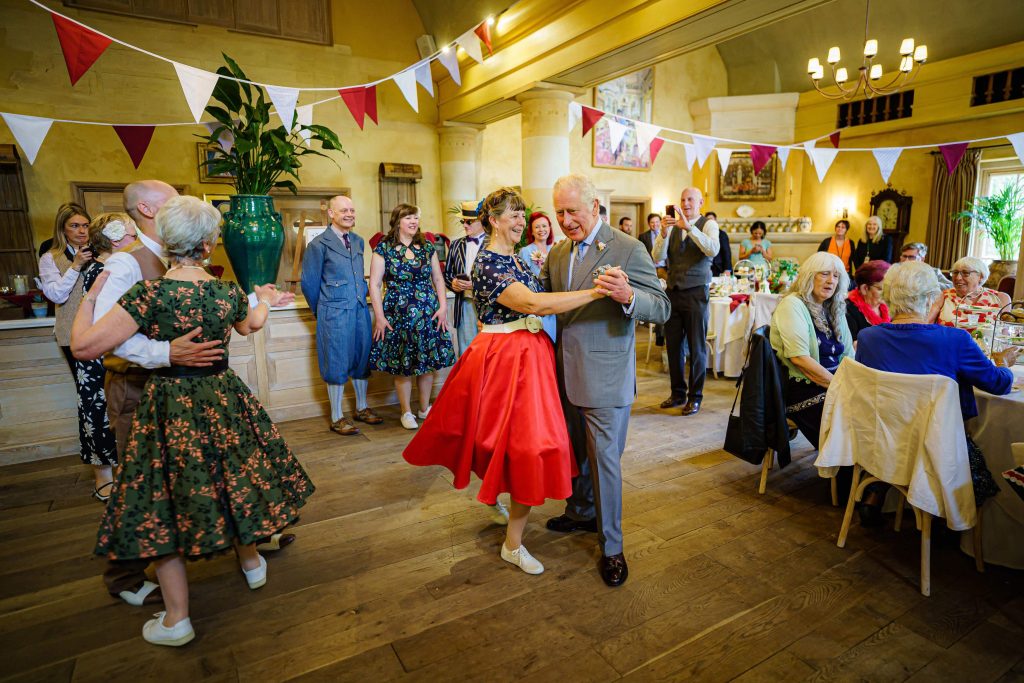
The UK 2023 King Charles III 75th Birthday £5 Coin Range
In a gesture to honour this remarkable milestone, The Royal Mint have released a stunning coin range to mark the 75th birthday of King Charles III.
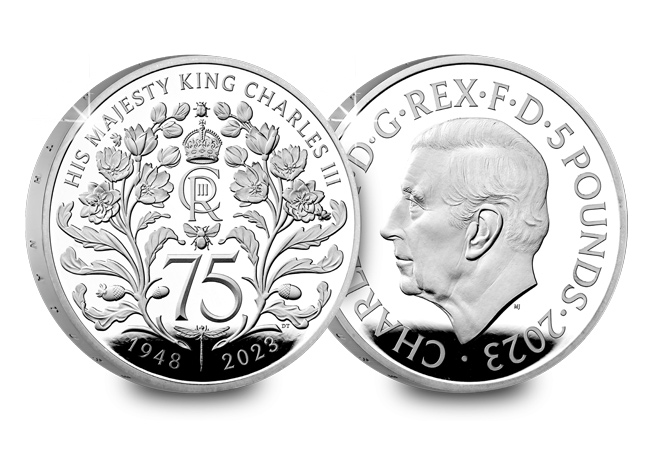
Not only do you have the chance to secure the new coin in Brilliant Uncirculated, Silver Proof, or Silver Piedfort quality, you can also be one of the few collectors to own something even more limited…
Here at The Westminster Collection, we have worked hard to create extra special postmarked commemoratives to honour this celebration.
But what is a postmarked product?
In this case, it means the new £5 coin has been paired alongside a Royal Mail stamp and official one-day-only postmark, capturing this moment in time.
Whether it’s the BU £5 housed in a coin & stamp cover, a limited DateStamp™ presentation, or even postmarked alongside nine-1948 dated coins, there is something for everyone.
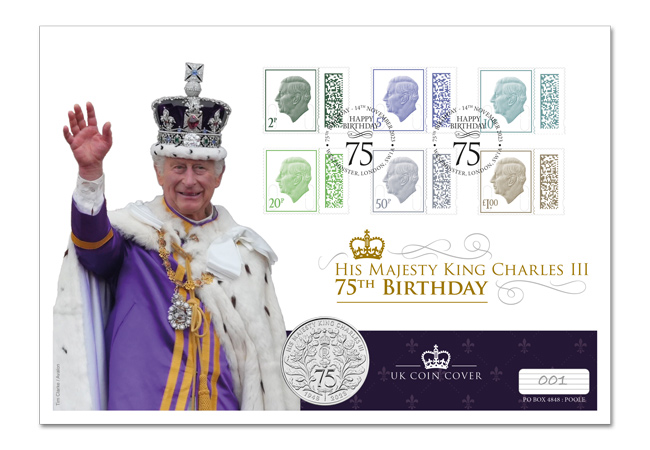
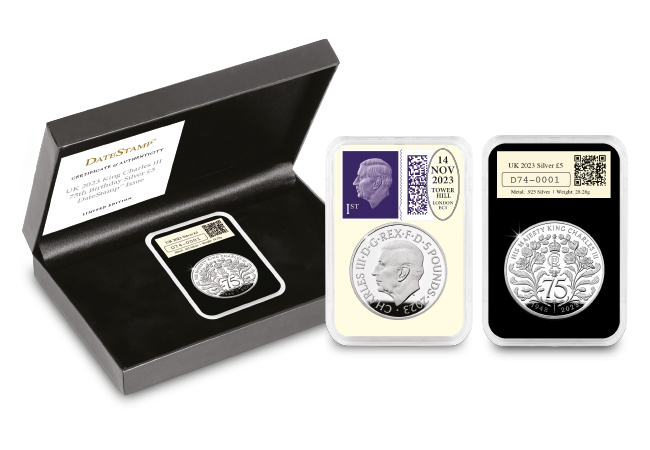
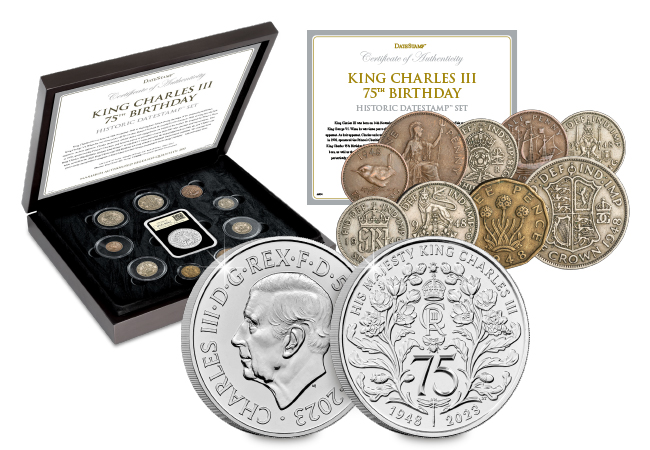
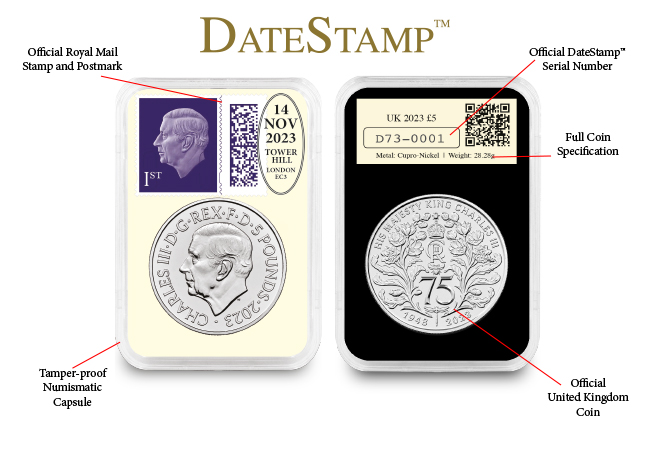
But edition limits are smaller than that of the Silver and Piedfort specifications, so demand is expected to be high.
In fact, each one has been postmarked by Royal Mail on the official date of His Majesty’s birthday: 14th November 2023, meaning no more can ever be made.
Don’t miss the opportunity to celebrate.
Royal Inspiration: The Story Behind the King Charles III 75th Birthday Coin Design – An Interview with Renowned Heraldic Artist, Mike Guilfoyle
Welcome to a behind-the-scenes encounter with a true artistic genius. Join us as we delve into an exclusive interview with renowned artist, Mike Guilfoyle. In this captivating interview, we’ll uncover the intricacies and insights behind his latest masterpiece– the King Charles III 75th Birthday Coin. Prepare to be enchanted by the inspiration, craftsmanship, and intricate details that make these coins a work of art, all revealed by the visionary behind the design.
You can explore the key features of the King Charles III 75th Birthday Coins, by clicking on the white dots on the interactive image below:
Click here to explore the whole King Charles III 75th Birthday Coin Range>>>
Celebrating 20 Years of Supersonic History: Remembering the Last Flight of Concorde
Today is a very significant day in aviation history! The iconic Concorde jet, renowned for its supersonic speed and luxury, bid its final farewell on October 24, 2003. This last commercial passenger flight G-BOAG took off from New York City’s John F. Kennedy International Airport, soaring through the skies at twice the speed of sound, and touching down at London’s Heathrow Airport.
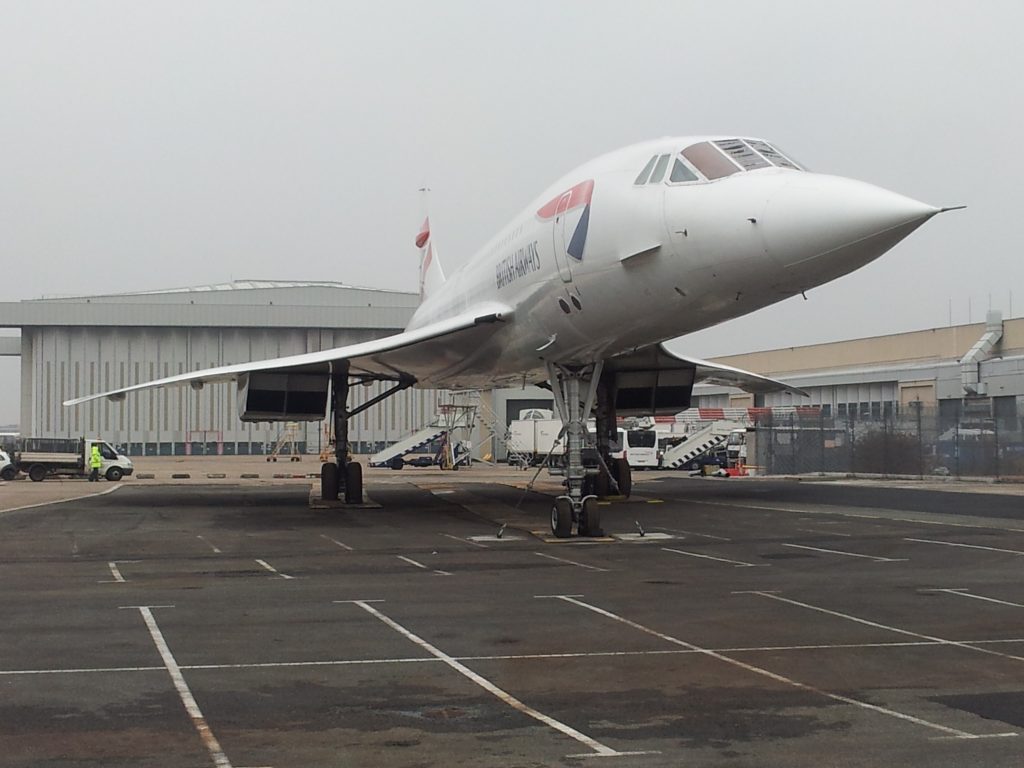
On board were 100 passengers, including famous personalities and an adventurous Ohio couple who had secured two tickets on eBay for a staggering $60,300.
This final journey marked the end of an era, as the typical roundtrip trans-Atlantic fare, which cost around $9,000, was now history. Simultaneously, other Concorde flights embarked on their last voyages from Edinburgh and the Bay of Biscay, drawing large crowds of spectators.

Concorde’s Legacy
Concorde, a marvel of British and French joint innovation, took to the skies in January 1976 for its first commercial flight. It represented a significant leap in aviation technology and design, and its sleek, delta-winged design enabled it to complete the transatlantic journey between New York and London in a mere three and a half hours, cruising at an astonishing speed of 1,350 miles per hour. Concorde was more than just a means of travel, it was an emblem of speed and luxury, captivating the world’s imagination.
Challenges faced by Concorde
Despite its iconic status, Concorde was not without its challenges. Some individuals living under its flight path criticised the substantial noise it generated, disrupting their everyday lives. Tragically, a dark chapter in Concorde’s history unfolded on July 25, 2000, when an Air France jet crashed shortly after take-off from Paris. This catastrophic incident claimed the lives of all 109 people on board, as well as four others on the ground. Following the crash, all Concorde flights were suspended for over a year, with investigations, safety checks, and improvements taking place.
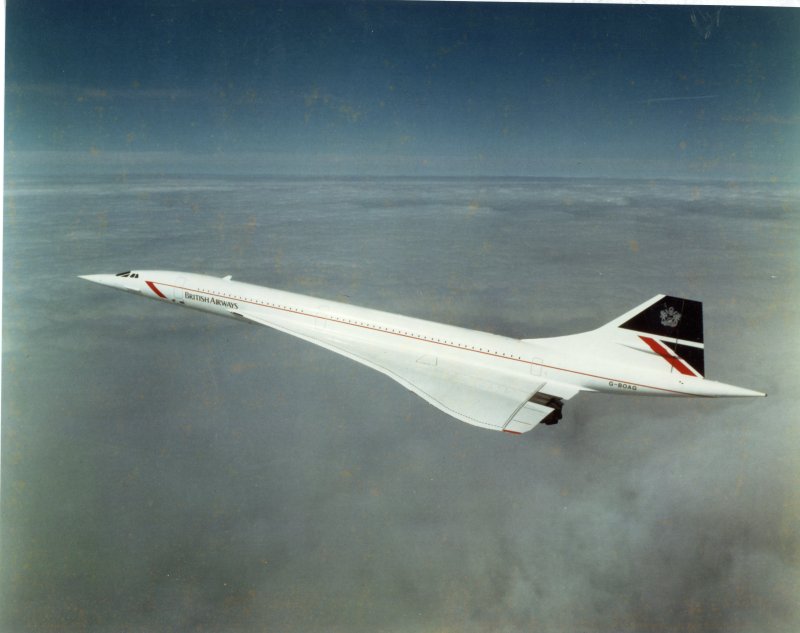
The final commercial flight of Concorde on October 24, 2003, marked the end of an era in aviation. This iconic jet, born from international collaboration, redefined the possibilities of air travel with its incredible speed and luxury. While Concorde had its share of challenges, including noise complaints and a tragic accident, it remains an iconic symbol of human ingenuity and ambition. Concorde’s legacy lives on, reminding us of the thrill of pushing the boundaries of what is possible in the skies.
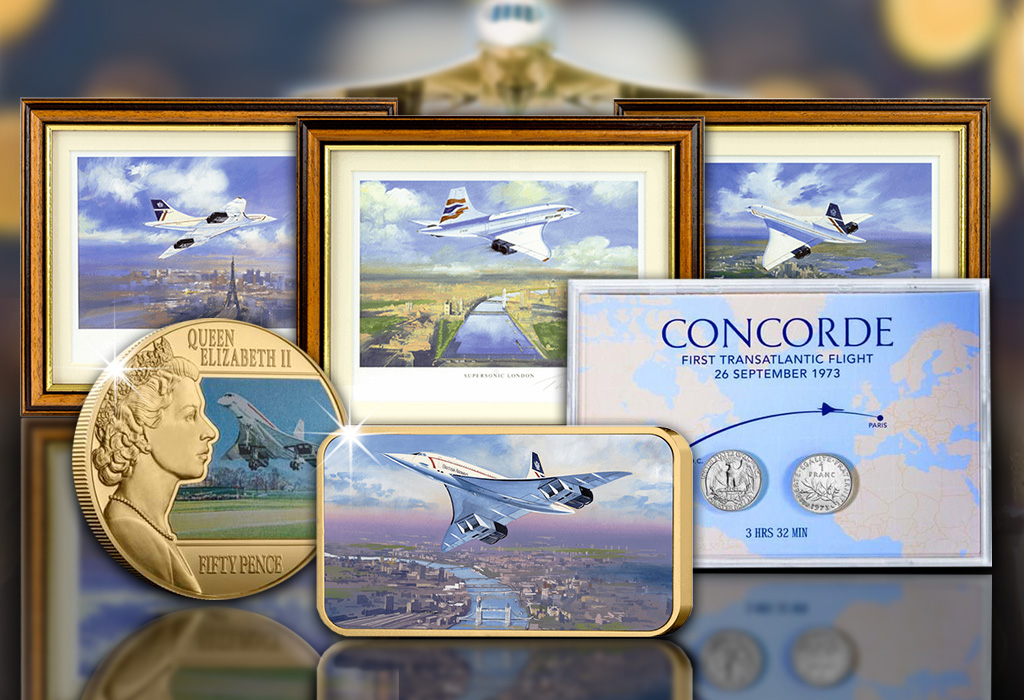
To mark this significant day in aviation history and to celebrate the legacy of this legendary supersonic jet, we have curated a special range over the years for our collectors. Featuring Gold plated coins, Signed framed prints and Limited edition ingots, our Concorde Collectables range has something for everyone – See our Concorde Collectables range by clicking here.
